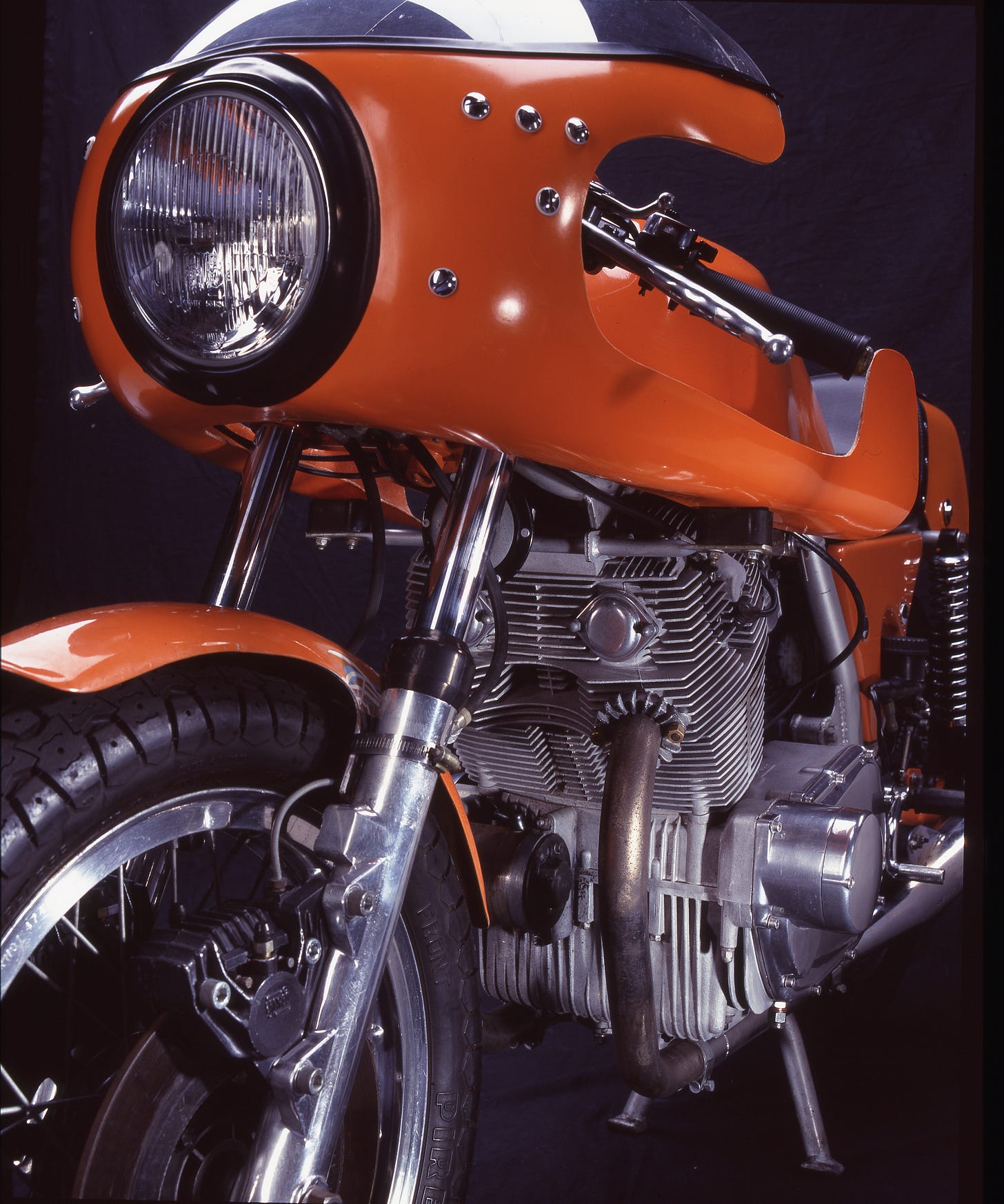I came to Laverdas quite late. Although I remember seeing 1000 and 1200 triples at Eric Wood Motorcycles in Christchurch in 1976 and 1977 these were extremely expensive. The legendary 750 SFC was already finished at that stage and it wasn’t until 1985 that eventually saw an SFC in the flesh. And it wasn’t just one.
Keep reading with a 7-day free trial
Subscribe to Ian Falloon Retrospective to keep reading this post and get 7 days of free access to the full post archives.




